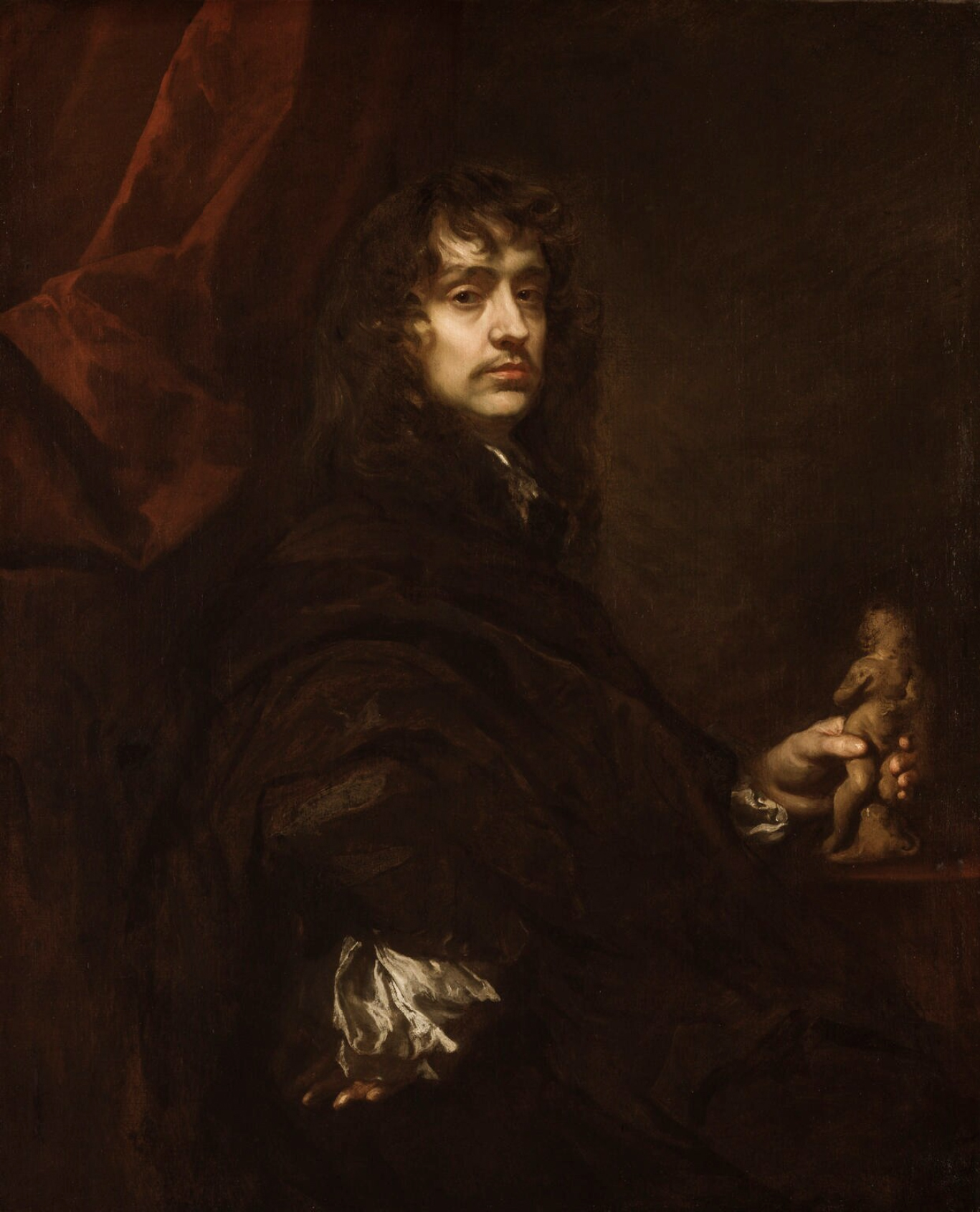Sculpture in the Paintings of Sir Peter Lely.
some very brief notes -
Unknown Gentleman with Bust
Sir Peter Lely (1680 - 1680).
c. 1660 - 65.
at Hatchlands Park.
National Trust.
Continuing with the theme of occasional posts of 17th and 18th Century Sculpture depicted in other media.
Oil on canvas
1245 x 1010 mm.
It has only tentatively been suggested that the
informality of the pose of the sitter could be an artist friend of Lely and
therefore possibly Alexander Browne who was living at Long Acre, Covent Garden,
London in the 1660s and was a teacher of Samuel Pepy's wife.
see - http://www.nationaltrustcollections.org.uk/object/1166160

Peter Lely
Self Portrait with Statuette
1080 x 876 mm
Oil on Canvas
National Portrait Gallery
Lely succeeded Anthony van Dyck in 1661 as Principal Painter in Ordinary to the Charles II.
He was in turn followed by Godfrey Kneller in 1680
__________________________________________
Anna Marie Talbot, Countess of Shrewsbury. (1642 - 1702).
nee Anna Maria Brudenell
With Bust on Pedestal.
Peter Lely.
Her husband was Francis Talbot, 11th Earl of Shrewsbury, who died after a duel fought with the Duke of Buckingham over her.
__________________________________________
Anna Marie Talbot, Countess of Shrewsbury. (1642 - 1702).
nee Anna Maria Brudenell
With Bust on Pedestal.
Peter Lely.
Her husband was Francis Talbot, 11th Earl of Shrewsbury, who died after a duel fought with the Duke of Buckingham over her.
1270 x 1016 mm
Oil on Canvas c. 1665 - 70
Cliveden Estate, Buckinghamshire.
National Trust
http://www.nationaltrustcollections.org.uk/object/766110
_____________________________________
Excerpt from the Diary of Samuel Pepys.
Friday 17 January 1667/68
Up, and by coach to White Hall to attend the Council
there, and here I met first by Mr. Castle the shipwright, whom I met there, and
then from the whole house the discourse of the duell yesterday between the Duke
of Buckingham, Holmes, and one Jenkins, on one side, and my Lord of Shrewsbury,
Sir John Talbot, and one Bernard Howard, on the other side: and all about my
Lady Shrewsbury, who is a whore, and is at this time, and hath for a great
while been, a whore to the Duke of Buckingham. And so her husband challenged
him, and they met yesterday in a close near Barne-Elmes, and there fought: and
my Lord Shrewsbury is run through the body, from the right breast through the
shoulder: and Sir John Talbot all along up one of his armes; and Jenkins killed
upon the place, and the rest all, in a little measure, wounded.
This will make
the world think that the King hath good councillors about him, when the Duke of
Buckingham, the greatest man about him, is a fellow of no more sobriety than to
fight about a whore. And this may prove a very bad accident to the Duke of
Buckingham, but that my Lady Castlemayne do rule all at this time as much as
ever she did, and she will, it is believed, keep all matters well with the Duke
of Buckingham: though this is a time that the King will be very backward, I
suppose, to appear in such a business. And it is pretty to hear how the King
had some notice of this challenge a week or two ago, and did give it to my Lord
Generall to confine the Duke, or take security that he should not do any such
thing as fight: and the Generall trusted to the King that he, sending for him,
would do it, and the King trusted to the Generall; and so, between both, as
everything else of the greatest moment do, do fall between two stools.
The
whole House full of nothing but the talk of this business; and it is said that
my Lord Shrewsbury’s case is to be feared, that he may die too; and that may
make it much the worse for the Duke of Buckingham: and I shall not be much
sorry for it, that we may have some sober man come in his room to assist in the
Government.
______________________________________

Portrait of Batholemew Beale with bust of Homer.
signed Peter Lely
c.1670
91.5 x 76.2 cms
Oil on Canvas
Dulwich Picture Gallery
https://www.dulwichpicturegallery.org.uk/explore-the-collection/651-700/bartholomew-beale/
As a child, Bartholomew Beale assisted his mother Mary
Beale in her studio. It was expected that he too would become a painter. The
bust upon which Bartholomew rests his hand in this portrait probably alludes to
this. It appears to represent the ancient Greek poet, Homer. Blind and
impoverished, Homer had long been considered the embodiment of artistic
integrity, because he was true to his genius and did not seek to gain wealth
from his art. As such, Homer would have acted as the perfect model for an
aspiring young artist. Yet Bartholomew followed a different path and in 1680
entered Clare College, Cambridge to study medicine. In 1687, he settled in
Coventry to practise as a physician until his untimely death in 1698.
Text here lifted from Dulwich Gallery website
_____________________

Self Portrait of Sir Peter Lely with architect Hugh May
Audley End House





















